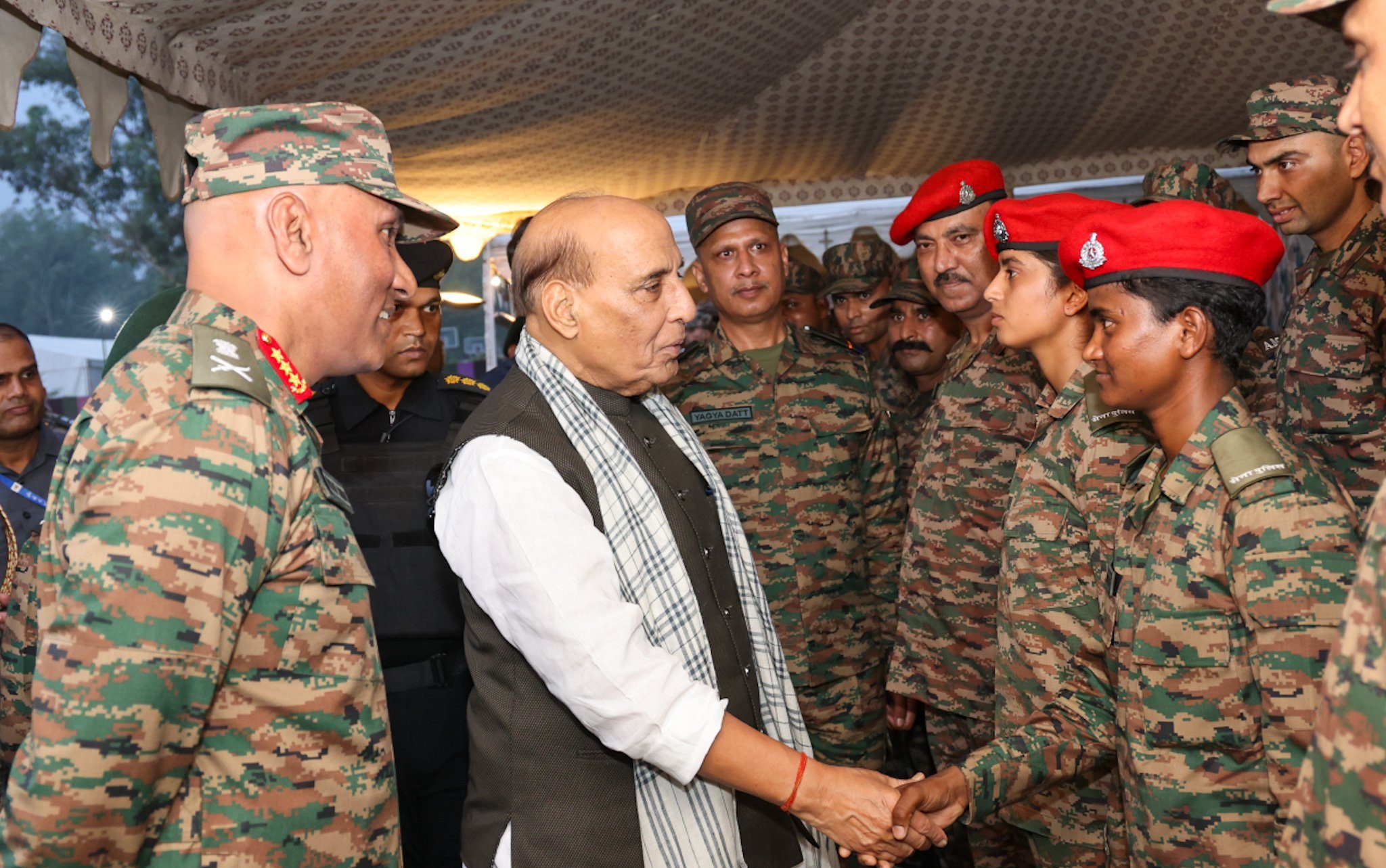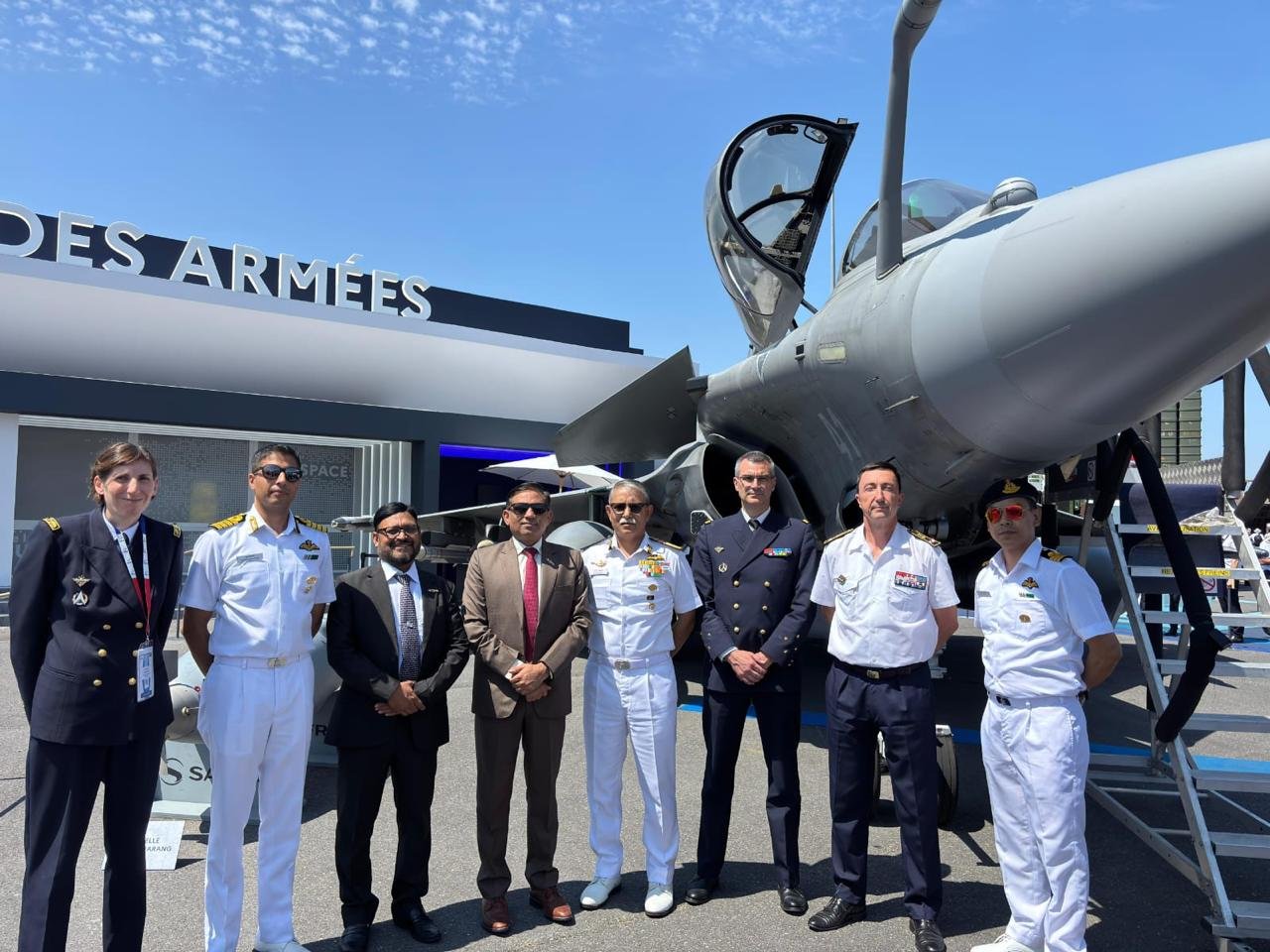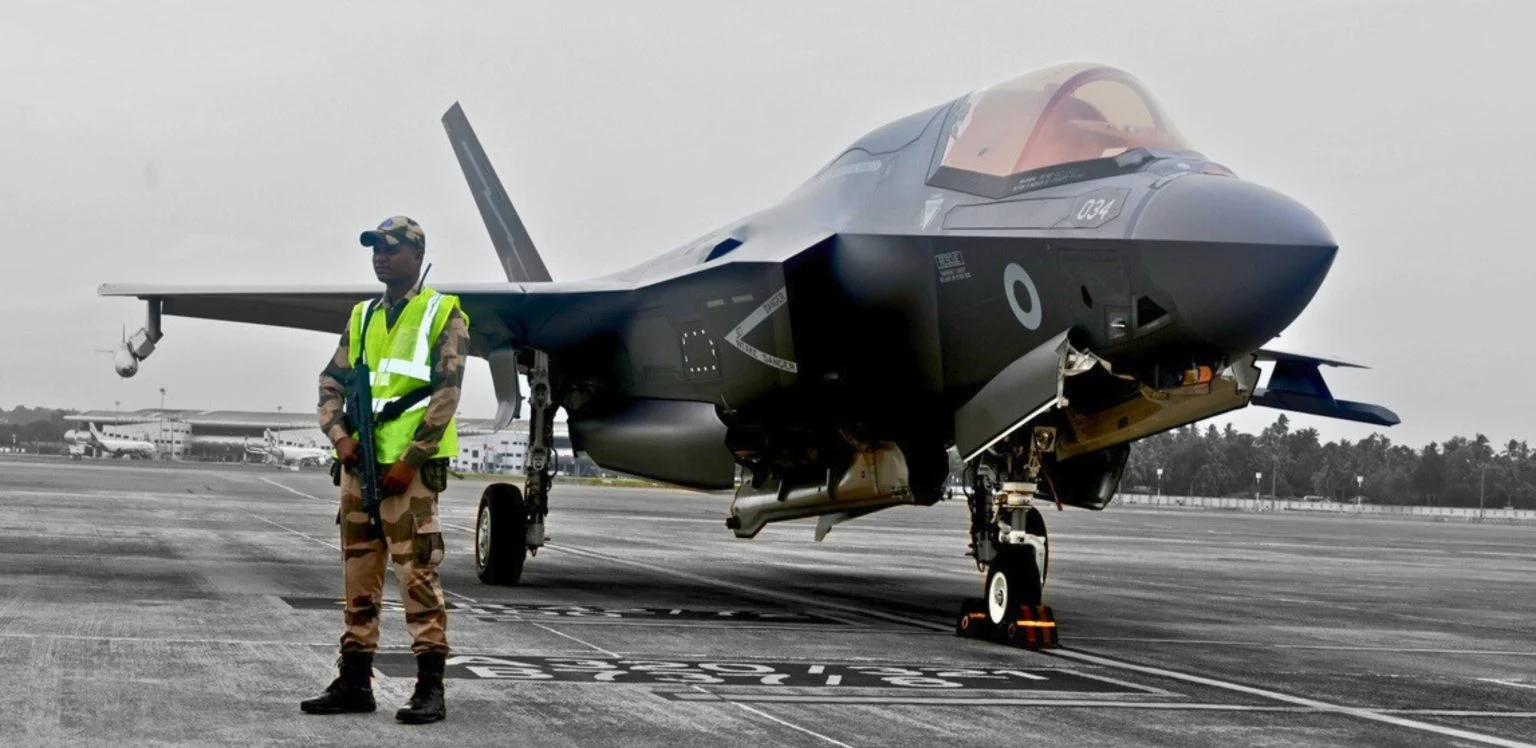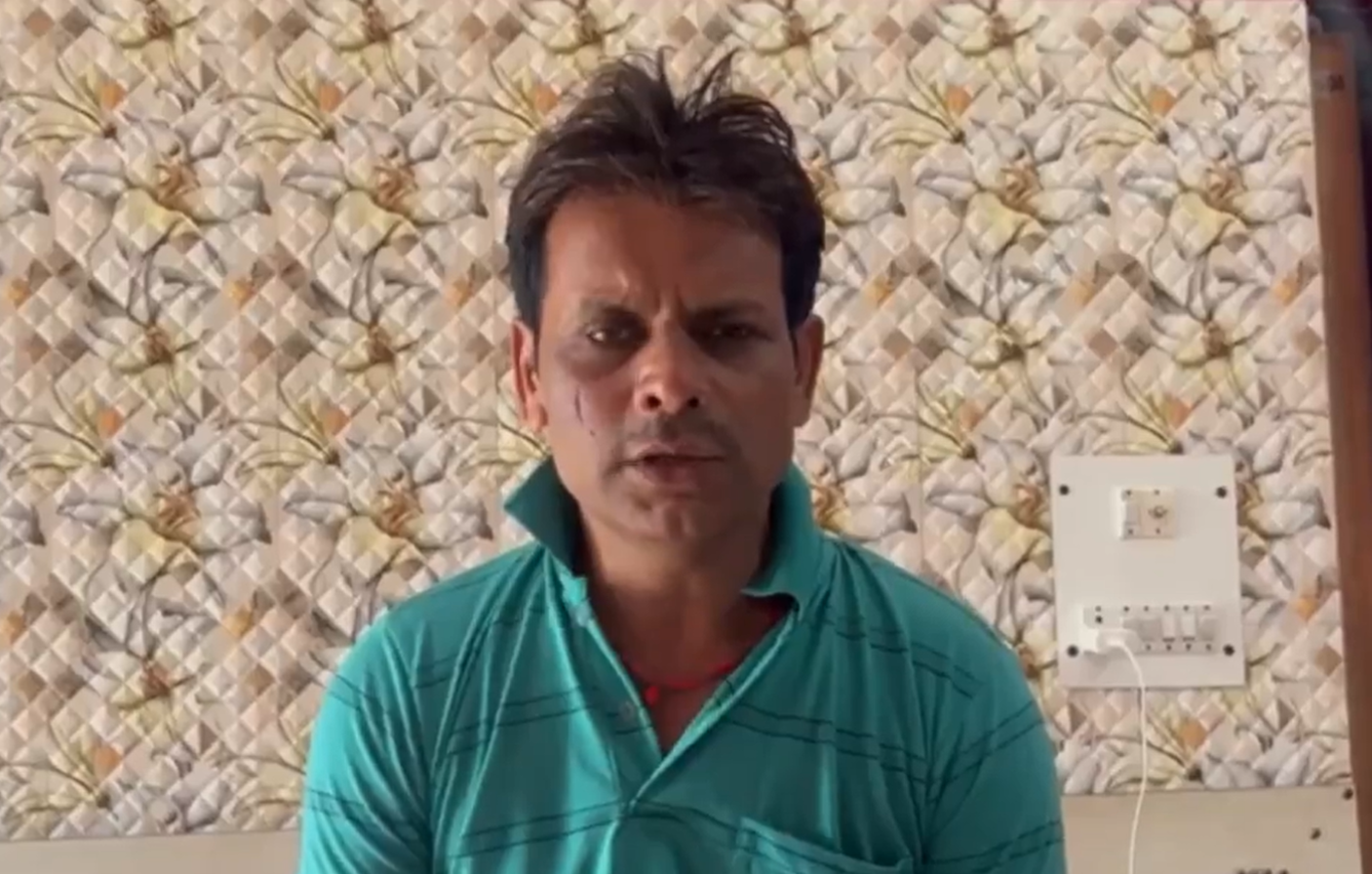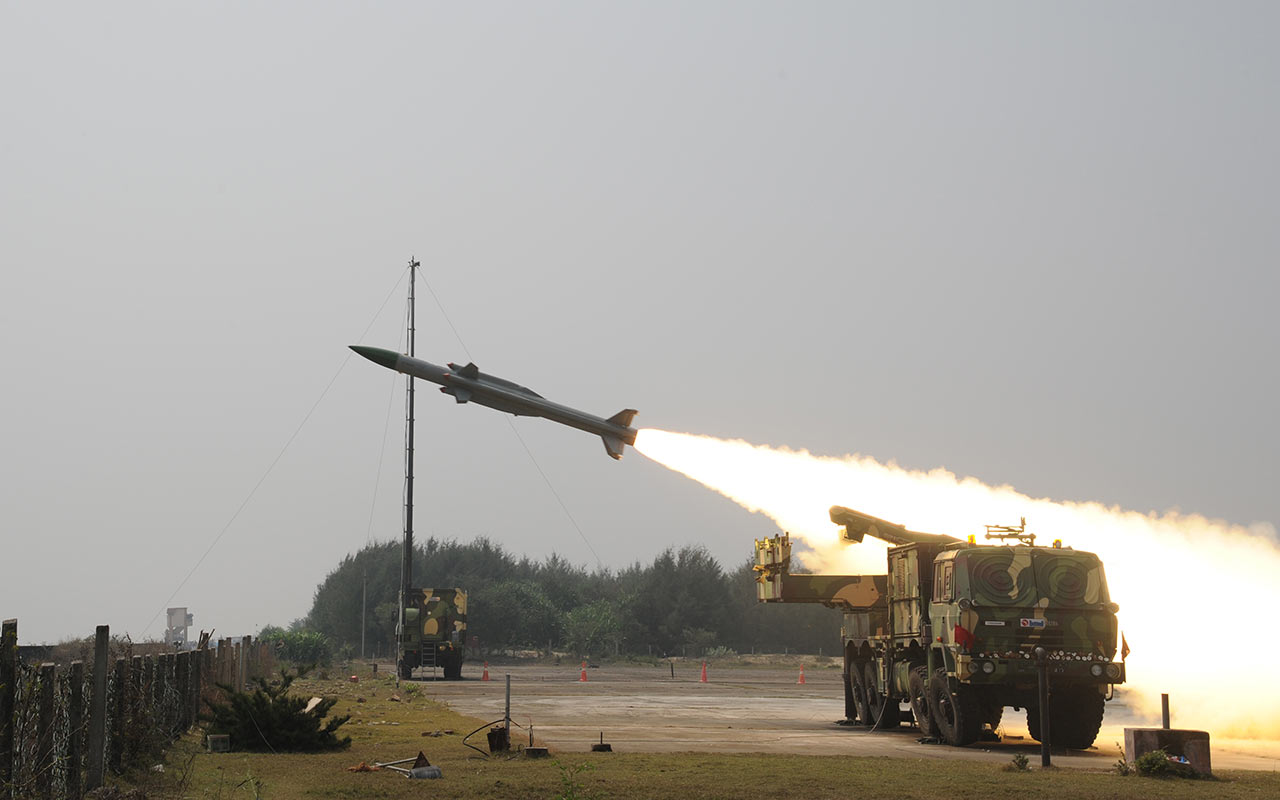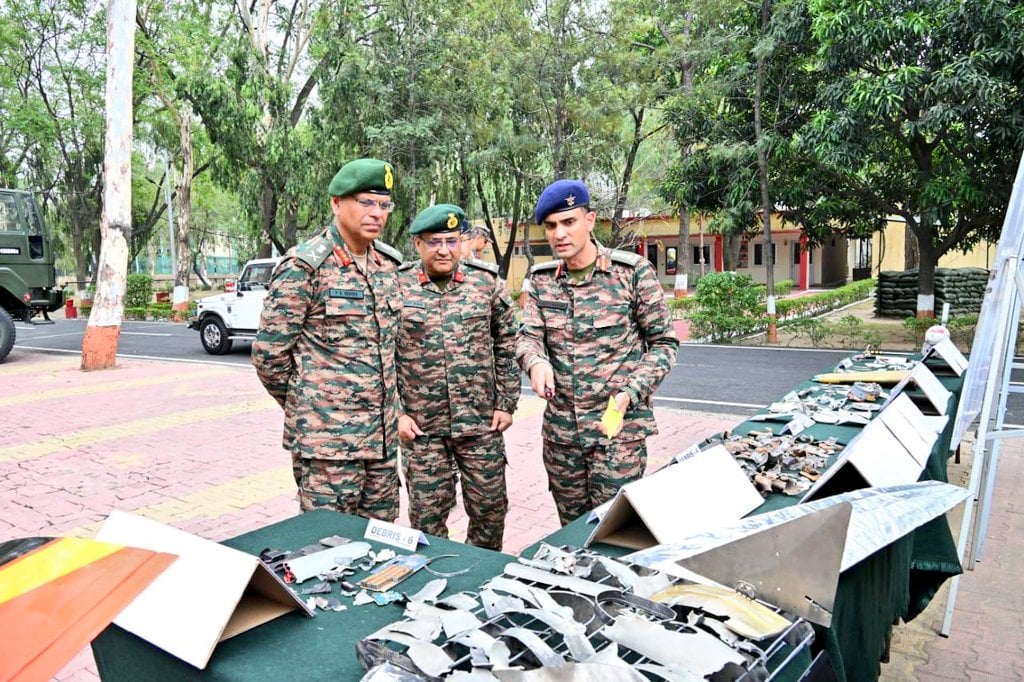Operation Sindoor Proves New India’s Resolve Against Terrorism: Defence Minister
Defence Minister Rajnath Singh on Friday declared Operation Sindoor as a decisive shift in India’s approach to terrorism, stating that…
India and France Formally Launch Rafale Marine Programme at Paris Air Show
In a significant step towards bolstering naval aviation capabilities, India and France formally launched the Rafale Marine programme during a…
UK Navy Declines Air India’s Hangar Offer for Grounded F-35B Fighter Jet in Kerala
The Royal Navy has reportedly declined Air India’s offer to use hangar space for its F-35B Lightning II stealth fighter…
Indian Army’s Sabre Gunners Rescue Man from 50-Foot Well in Jammu
In a remarkable act of courage and swift response, the Indian Army’s Sabre Gunners successfully rescued a man trapped in…
BEL Secures Additional Orders Worth ₹585 Crore
Bharat Electronics Limited (BEL), a premier defence public sector undertaking under the Ministry of Defence, has secured additional orders worth…
White Knight Corps Assesses Air Defence Readiness, Reaffirms Commitment to Veterans
The General Officer Commanding (GOC) of the Indian Army’s White Knight Corps conducted a comprehensive review of the White Knight…

